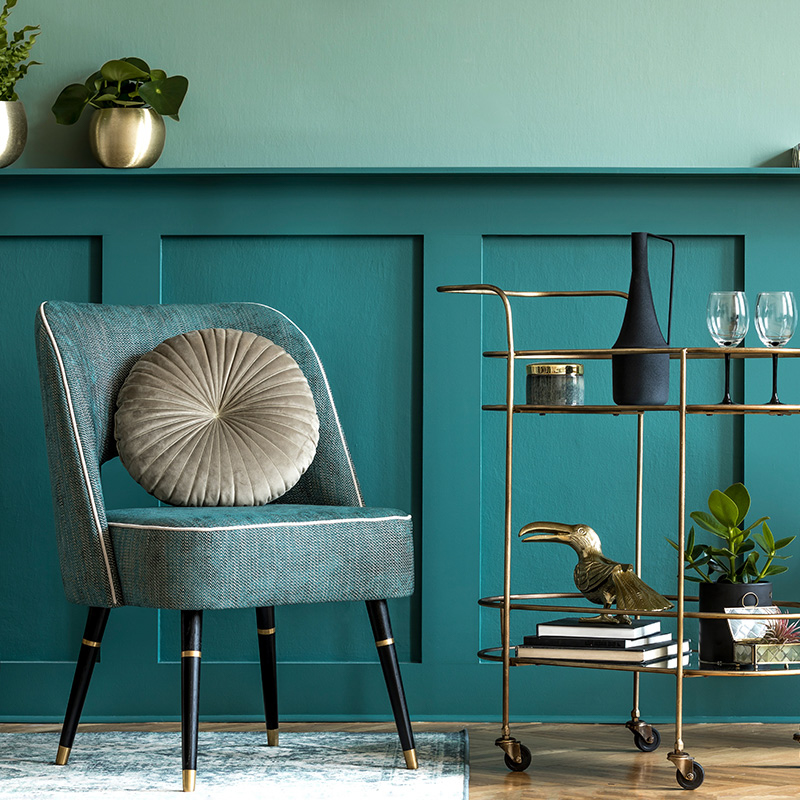Introduction
Lighting artwork is an essential aspect of presenting it in the best possible light. Proper lighting can enhance the colors, texture, and overall impact of the piece. It can also highlight specific aspects of the work that the artist intended to be emphasized. Whether you are an art collector, a gallery owner, or just someone who wants to display their artwork at home, using the right lighting techniques can make all the difference. In this article, we will discuss some tips for lighting artwork on a wall.
Understanding the Basics of Lighting
Before diving into the tips for lighting artwork, it’s essential to understand the basics of lighting. There are two primary types of lighting: ambient lighting and accent lighting. Ambient lighting refers to the overall illumination of a space, while accent lighting is used to highlight specific features, such as artwork.
When it comes to artwork, the ideal lighting is that which reveals the colors, textures, and details of the piece without causing any glare or distortion. The light source should be placed at the right angle and distance from the artwork so that it illuminates the piece uniformly.
Selecting the Right Light Bulbs
One crucial factor to consider when lighting artwork is the type of light bulbs you use. The ideal light bulbs should emit a color temperature of around 2700K to 3000K, which is similar to natural daylight. This color temperature will most accurately represent the true colors of the artwork.
LED lights are a great choice for lighting artwork because they emit minimal heat, reducing the risk of damage to the artwork over time. They are also energy-efficient and have a long lifespan, making them a cost-effective solution in the long run.
Placement of the Light Source
The light source’s placement is crucial when lighting artwork. It’s essential to ensure that the light’s angle and position do not cause any glare or shadow that may distort the artwork’s appearance. The best way to determine the ideal placement is to experiment with a few different positions until you find the most visually pleasing and uniform illumination.
It’s also crucial not to place the light source too close to the artwork, as this can cause damage to the piece over time.
Using Dimmers
Dimmers are an excellent addition to any lighting setup, as they give you greater control over the illumination of your artwork. You can adjust the light’s intensity, depending on the time of day, the amount of natural light coming into the space, or the desired mood of the room.
Using dimmers can also help reduce the risk of damage to your artwork from overexposure to light.
Lighting Different Types of Artwork
Different types of artwork require different lighting techniques to bring out their unique features. Here are some tips for lighting specific types of artwork:
Paintings
When lighting paintings, it’s essential to ensure that the light source is placed uniformly across the surface of the artwork. It’s also essential to avoid any glare or hotspots that may cause distortion. If the painting has a textured surface or deep brushstrokes, consider using grazing light to accentuate the texture.
Sculptures
Sculptures can be challenging to light because of their 3-dimensional nature. Consider using a combination of ambient and accent lighting to highlight the sculpture’s form. Place the light source at a slight angle from the sculpture to accentuate its contours.
Photographs
Photographs require uniform and diffuse light to avoid any glare or shadow that may distort the image. The light source should be placed directly in front of the artwork, and it’s essential to use a dimmer to adjust the light’s intensity.


